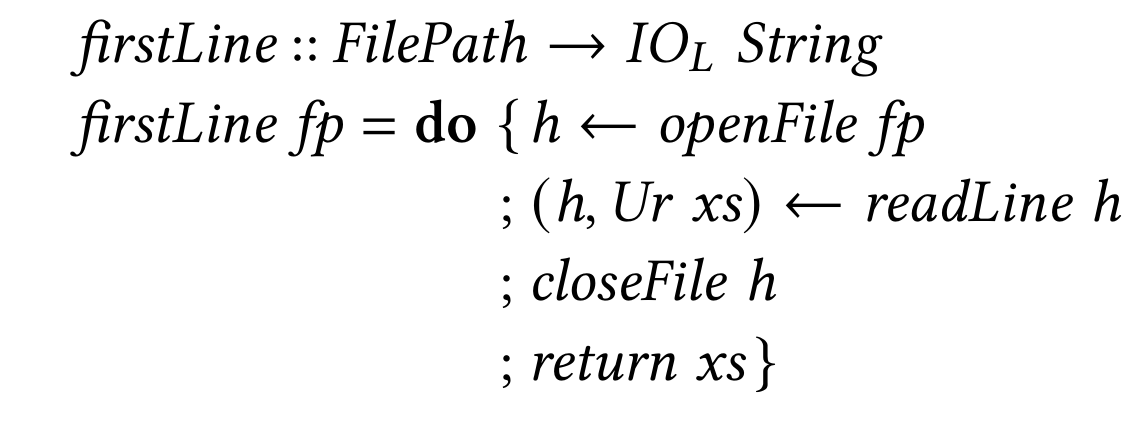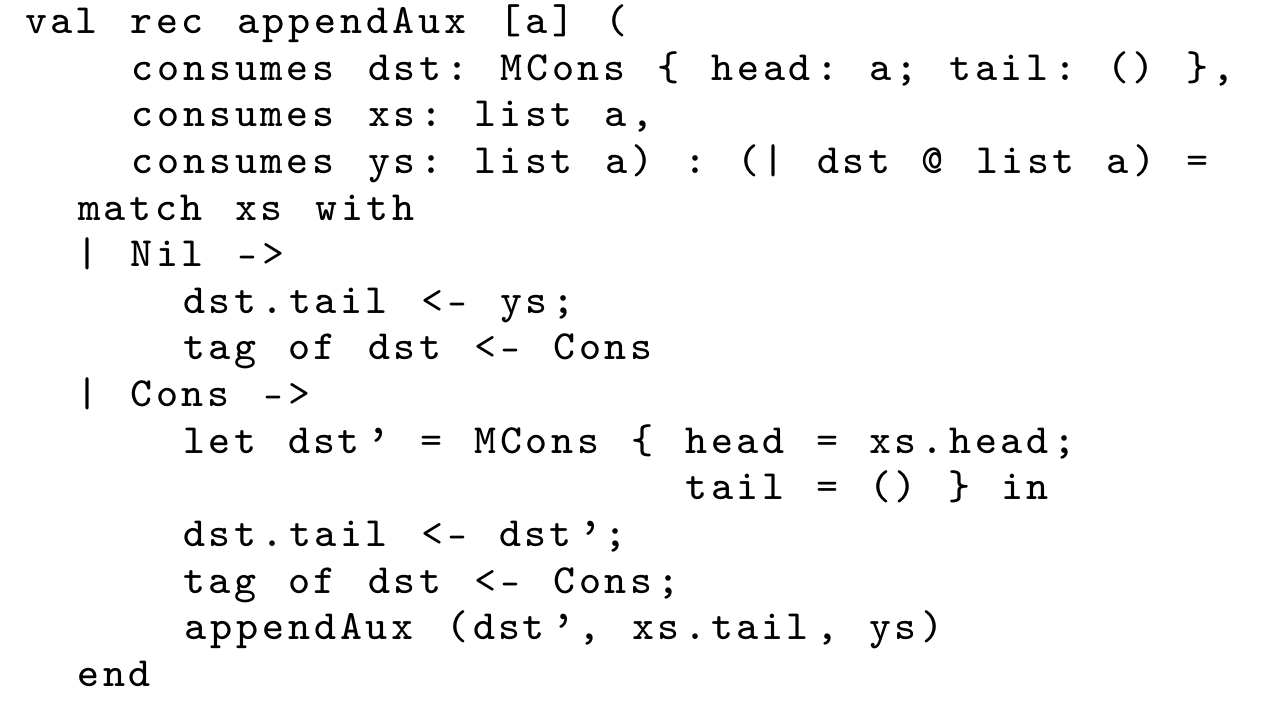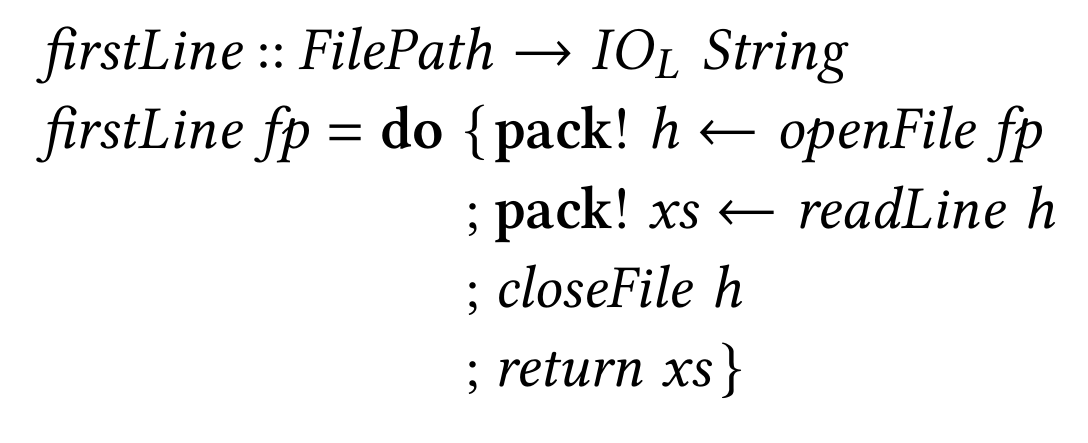Linear types for the masses
By Arnaud Spiwack
Linear types for the masses
I’ve been working, in the past few years, at extending a production-grade compiler (namely GHC, the main Haskell compiler) with linear types. This has the potential of letting linear-logic-style type systems touch a wider public. I’ll be speaking about my experience, and will discuss the newest results on making linear typing easier to use: namely linear constraints, by which we extend Haskell’s type class mechanism to linear logic.









